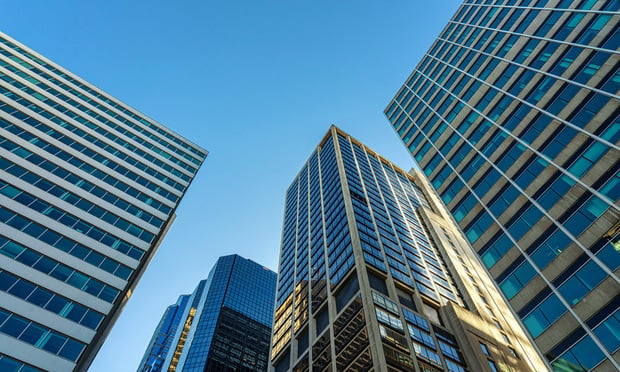NEW YORK CITY—In the beginning, there was Silicon Valley. As GlobeSt.com launched in the summer of 2000, the only office/R&D submarket that offered San Jose and its suburbs much competition—or at least name recognition—was the so-called Silicon Alley in Manhattan's Midtown South.
It's a different world today as we wrap up our look back over the past 15 years. This past summer, a headline on this website asked whether Denver could be the next Silicon Valley. Another bannered a story discussing how San Diego beats out Silicon Valley for artificial-intelligence startup ventures.
West of San Jose, San Francisco actually tops the nation, on a percentage basis, for both job growth in tech industries and office rent growth. And while almost nobody uses the term Silicon Alley anymore, as tech has become dominant in both Midtown South and Lower Manhattan, a more recent arrival on the nickname scene is Silicon Beach, used to describe the growing tech sector in Santa Monica, CA. Few could have imagined 15 years ago that the nation's premier technology market would have more than a single competitor, let alone several of them.
The advent of tech hubs hundreds of miles from Google's famous Mountain View, CA campus is not the only marker of the sector's deep impact on commercial real estate. According to a recent report from CBRE, “The high-tech software/services industry created 730,000 new jobs at a growth rate of 34% since 2009—one-fifth of all new office-using jobs. The sector was also the leading driver of US office market demand, accounting for 20% of major leasing activity in 2015.”
Among the 30 leading technology markets in the US and Canada, 24 exceeded the national average of 5.7% for software/services job creation between 2012 and 2014, according to CBRE's Tech-Thirty report this past summer. In addition to San Francisco and Phoenix, both with 42.7% over that time period, they included Austin (33%), Silicon Valley (27%), Nashville (22.7%), New York City (22.6%), Seattle (18.3%), Indianapolis (18%), Charlotte (17.3%), Salt Lake City, (16.2%), Portland (16.1%), the San Francisco Peninsula (15%), Chicago (14.9%), Raleigh-Durham (14.2%), Pittsburgh (14.1%), Orange County (12.9%), Dallas/Fort Worth, Minneapolis and Denver (10.7% each), Boston and St. Louis (both 8.5%), Atlanta (7.8%), San Diego (7.6%) and Los Angeles (6.7%).
On the one hand, the fact that tech employment is underpinning the office sector in so many metropolitan areas is a testament to its growth since the 21st century began. On the other hand, real estate pros with long memories will recall the dot-com bubble that ushered in the current century—or, as it was nicknamed then, “the dot-bomb.”
Yet there's plenty of reason to believe that it truly is a different world, rather than a remake of a familiar movie the industry has seen many times. To cite one example, Facebook was still years in the future when the late-1990s tech bubble burst; today the social network has more than one billion monthly users worldwide. A couple of now-ubiquitous devices, the iPod and the iPhone, similarly didn't exist 15 years ago. While it was possible to place orders online in 2000, e-commerce had not become the transformational retailing format it is today—one for which logistics real estate owners and developers are undoubtedly grateful.
“Strong business and consumer demand for technology services and tech innovation is expected to support continued hiring among high-tech firms,” according to CBRE. “The Index of Consumer Technology Expectations, which measures anticipated spending on technology, remains on an upward trend—illustrating the avid consumer demand for new and innovative technology. Sustained consumption is a boon to high-tech companies and the office market clusters in which they locate. This trend should further bolster office-using employment among the Tech-Thirty.”
© 2025 ALM Global, LLC, All Rights Reserved. Request academic re-use from www.copyright.com. All other uses, submit a request to [email protected]. For more information visit Asset & Logo Licensing.








